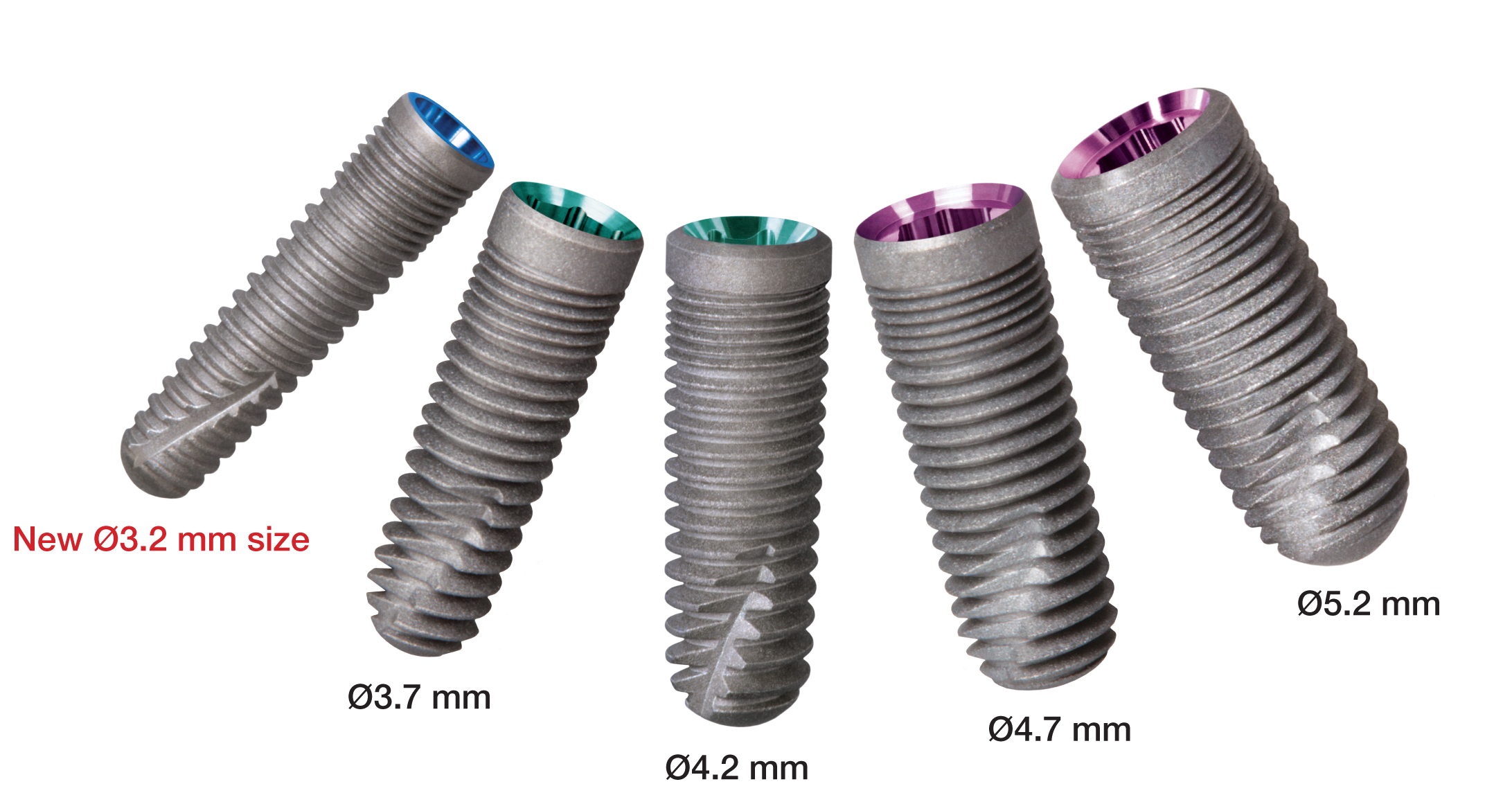Synthetic bone, necessary for placement of dental implants, can be made of a range of materials. Unfortunately, some people react poorly to certain synthetic bone grafts that may result in an inadequate attachment of the dental implant to the bone.
A case report in the current issue of the Journal of Oral Implantology analyzed the long-term effects of a specific synthetic bone substitute material. A bone sample was removed from the patient three years after a bone graft procedure involving the maxillary sinus. The authors examined the sample to see how well the synthetic material had been accepted.
A dental implant surgeon frequently needs to add bone between the jaw and the sinus to support dental implants. Synthetic materials are often used to avoid a second surgical site for retrieving natural bone from the patient. It is well known and accepted that natural (autogenous) bone can replace the substitute over a few months, and studies have examined how well the bone and tissue have formed in four to six months.
The authors of this report describe a patient who had undergone a sinus bone graft surgery with the placement of a synthetic bone substitute, but refused the subsequent implant dental placement four to six months later. However, the patient did return to the dental implant surgeon for subsequent implant placement three years later. This extended time lapse provided an opportunity for the surgeon to obtain a bone sample when the dental implant placement surgery was performed.
When examining the sample, the authors found a large quantity of connective tissue surrounding the remaining bone substitute. There was nearly as much synthetic material left in the sample, as there was connective tissue. In contrast, a relatively small amount of new bone tissue was discovered with limited blood vessel formation.
The authors only found normal bone growth around the crestal aspect of the desired implant site; the remainder of the bone sample showed no signs of ongoing bone growth. The authors speculate that this unexpected result occurred because the graft site had been left dormant and not stimulated by the earlier placement of a dental implant.
Additionally, the researchers concluded that once the connective tissue encapsulated the synthetic bone substitute, the anticipated natural bone growth ceased. It appeared that giant inflammatory cells reacted to the foreign synthetic material shortly after it was placed and may have also lead to degradation of the synthetic bone substitute over time. Further study would be needed to discover which characteristics of the bone substitute material influenced the giant cell reaction.
The full text of the article “Foreign Body Giant Cell–Related Encapsulation of a Synthetic Material Three Years After Augmentation,” Journal of Oral Implantology, Vol. 42, No. 3, 2016, is now available at https://www.joionline.org/doi/full/10.1563/aaid-joi-D-15-00133.














